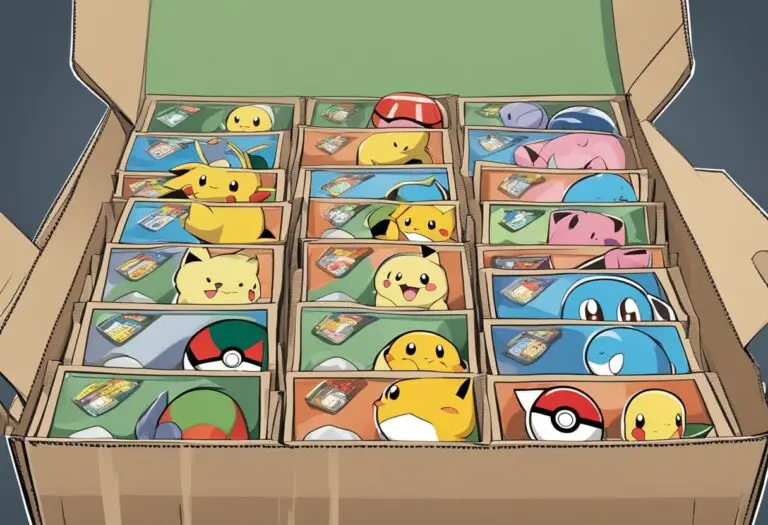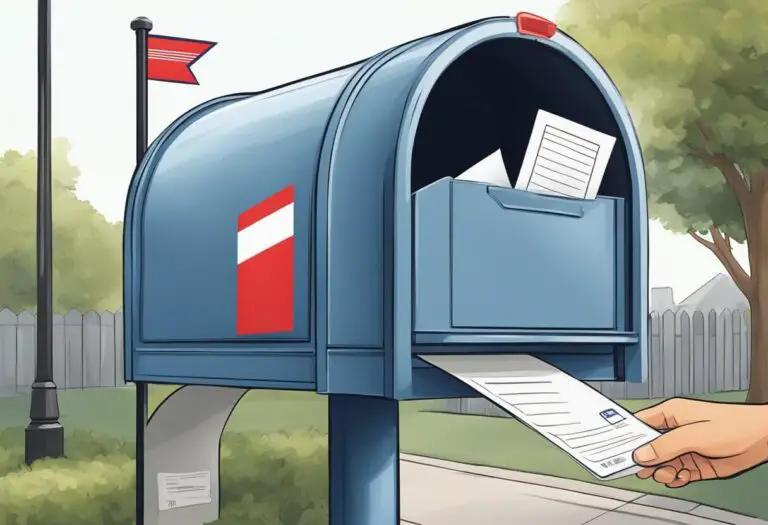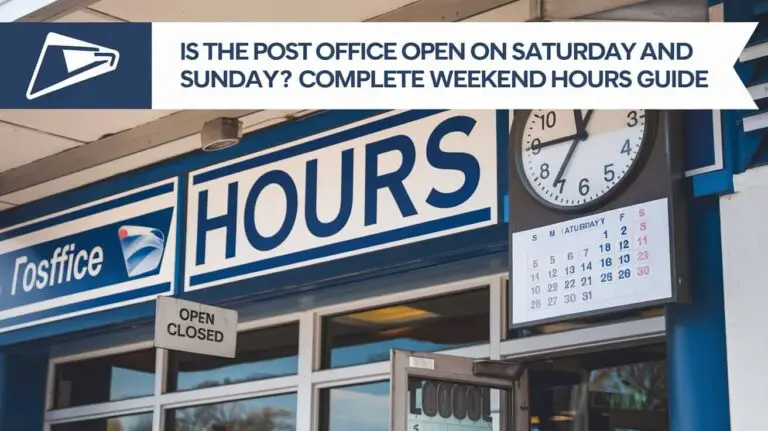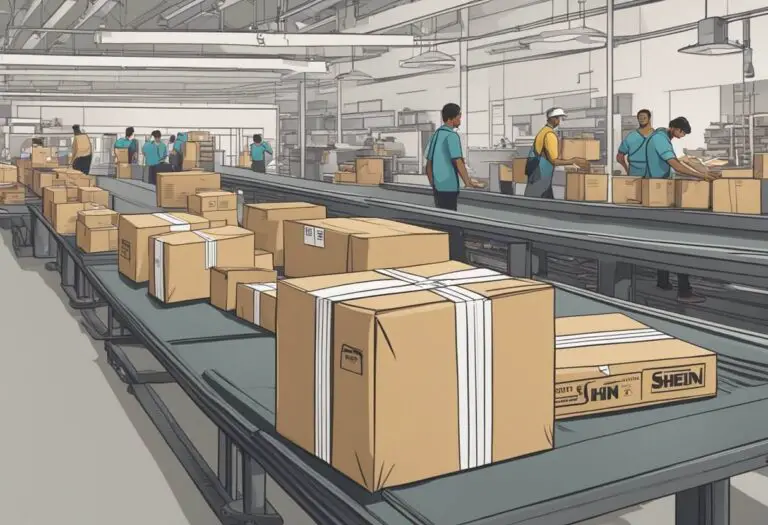What Does It Mean When Your Item Is Returned from Import Customs?
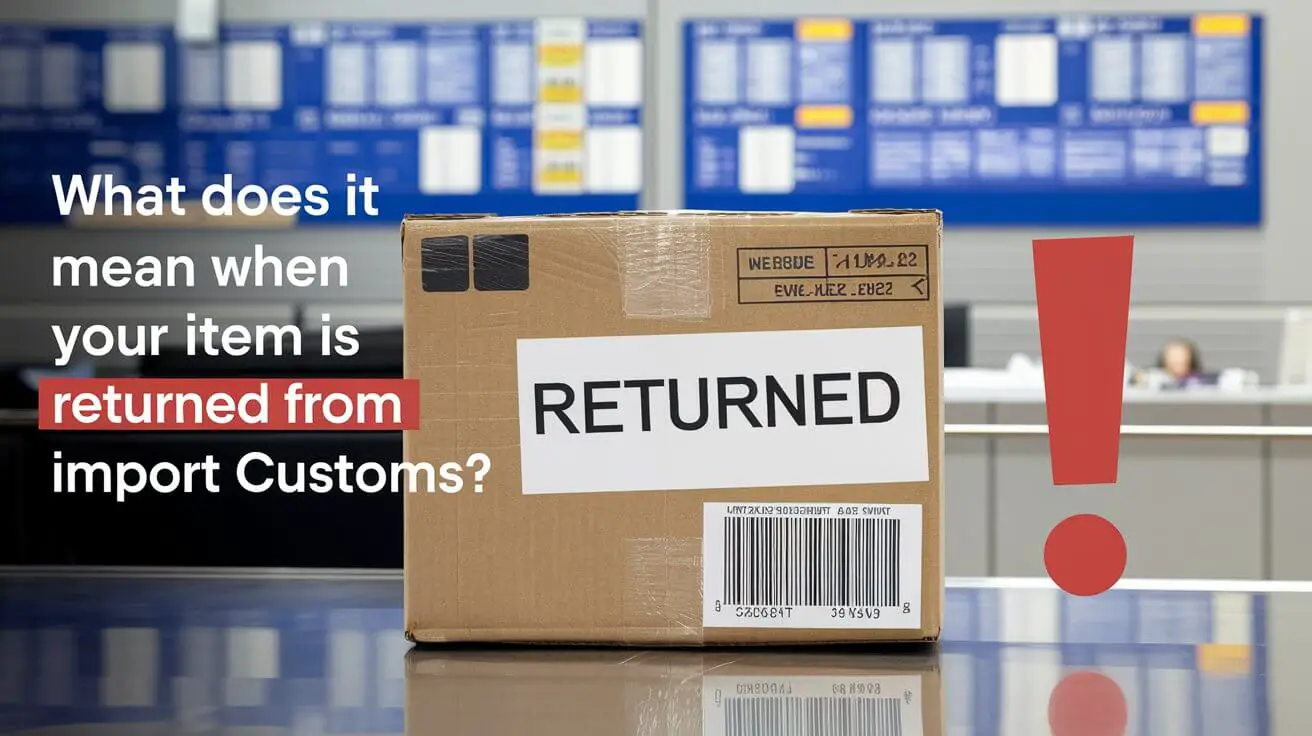
When your item is marked as “Returned from Import Customs,” it signifies that the package could not clear customs in the destination country and was sent back to the sender. This is usually due to regulatory or documentation issues, or because the contents of the package violate import rules. While frustrating, it’s an important part of international shipping to ensure that all packages comply with the destination country’s laws and standards.
In this article, we will delve deeply into why this happens, how you can resolve the issue, and steps you can take to prevent it in the future.
Reasons Why Your Item Might Be Returned from Import Customs
There are several reasons why customs might return a package. Understanding these reasons can help you avoid future issues and delays.
Incomplete or Incorrect Documentation
One of the most common reasons customs return a package is due to incomplete or incorrect paperwork. When shipping internationally, the correct documentation is crucial for customs to assess the contents, value, and legality of the shipment. If forms like invoices, packing slips, or customs declarations are missing or incorrect, customs will reject the package and send it back.
For example, the customs invoice needs to clearly state what the package contains, the value of each item, and the country of origin. In some cases, descriptions that are too vague (e.g., “clothing” instead of “cotton T-shirts”) can raise red flags, prompting customs officials to return the package.
Prohibited or Restricted Items
Every country has its own list of prohibited or restricted items, and shipping something on that list can lead to customs rejecting your package. Some items are outright banned, while others require special permits to enter the country.
Common examples of prohibited items include:
- Weapons and ammunition
- Certain chemicals and hazardous materials
- Plant or animal products (especially live species or endangered ones)
- Counterfeit or pirated goods
Before shipping an item internationally, it’s essential to check the destination country’s list of restricted goods. This will save you from delays, fines, or having your item returned.
Suspicion of Illegal or Counterfeit Goods
If customs suspect that the items being shipped are counterfeit or illegal, they may choose to return the package or, in some cases, confiscate it. High-value goods like electronics, luxury items, or branded merchandise often get scrutinized for counterfeiting. Customs officials may return the package if they believe the declared value doesn’t match the actual value of the goods or if there’s suspicion that the items are fake.
Incorrect Labeling or Marking
Proper labeling is crucial when shipping internationally. If customs officials can’t easily verify the contents of a package because it’s labeled incorrectly, they may return it. Incorrect weight, item descriptions, or lacking barcodes could all trigger a customs return.
For instance, if the outer packaging doesn’t match the items listed on the customs declaration form, this will be seen as suspicious and could lead to your item being sent back.
Security Concerns
In today’s world, security at international borders is tight. Packages suspected of containing harmful or dangerous goods may be returned or even seized by customs authorities. Items that pose a health or security risk, such as explosives or certain chemicals, are frequently flagged during customs checks.
Understanding the Customs Return Process
The customs return process can vary slightly depending on the country and the shipping company used. However, the basic flow remains similar.
Tracking Status and Notifications
If your item is returned by customs, you will often see a status update in the tracking system, such as “Returned from Import Customs” or “Return to Sender.” This update signifies that the package has failed to clear customs and is en route back to you.
Make sure to check your tracking notifications regularly when shipping internationally. This helps you spot issues early and gives you time to take corrective actions.
What Happens to a Returned Item?
Once customs decides to return your item, it’s sent back to the shipping company or carrier. The carrier is then responsible for either attempting to fix the issue (e.g., updating documentation) or returning the package to the sender.
This process can take some time, especially if the shipping route involves multiple stops. The return could also involve additional shipping fees, so be prepared for extra costs.
Steps to Take if Your Item is Returned from Import Customs
If your item is returned, don’t panic. There are specific steps you can take to resolve the issue and get your item moving again.
Contacting Your Carrier or Customs
The first thing you should do is contact your shipping carrier. They can provide details on why your item was returned and what you need to do next. In some cases, the issue may be with the paperwork or a simple labeling error that can be corrected without too much hassle.
If the carrier can’t provide detailed information, you may need to contact the customs authority of the destination country directly. This can help clarify whether the item was flagged for documentation, content restrictions, or another issue.
Resolving Documentation Issues
If the problem lies with incomplete or incorrect documentation, gather the necessary paperwork and provide it to your shipping carrier or customs officials. Correct invoices, accurate customs declarations, and properly labeled packages will speed up the resolution.
Double-check the following details:
- Item descriptions: Be specific and clear about the content of the package.
- Value declaration: Ensure the declared value matches the invoice.
- Country of origin: Include the correct country of origin for each item.
- Commercial invoices: Include a detailed invoice if sending commercial goods.
Handling Prohibited or Suspicious Goods
If your package was returned because it contains prohibited or restricted items, you will need to either remove those items or obtain special permits to reship them. Some countries allow you to apply for permits or licenses to ship restricted goods, but this process can be time-consuming.
In cases where your item was returned due to suspicions of counterfeit goods, you may need to provide proof of authenticity. This could involve submitting receipts, certifications, or other forms of documentation to verify the legitimacy of the products.
Paying Any Required Duties and Fees
Sometimes packages are returned because the receiver failed to pay the necessary customs duties or taxes. Ensure that all required fees are paid in advance or notify the receiver to pay them upon arrival. Unpaid duties can lead to customs holding or returning your package.
How to Prevent Future Returns from Import Customs
While it’s not always possible to prevent customs returns, you can significantly reduce the risk by following these steps.
Ensure Proper Documentation
Documentation is one of the most important aspects of international shipping. Make sure all the necessary paperwork is in order, including:
- Customs declaration forms
- Commercial invoices
- Import permits or licenses, if required
Double-check that the information on these forms matches the items in your package. Inaccuracies or vague descriptions can trigger customs returns.
Know the Prohibited Items List
Every country has a different list of items that are either restricted or prohibited. Check the destination country’s customs website or consult your shipping provider to make sure your package doesn’t contain banned goods. This includes:
- Weapons or explosives
- Plants, seeds, or animal products
- Controlled substances or prescription drugs
By knowing what is allowed, you can avoid unnecessary returns.
Work with Reputable Shipping Companies
Choosing a trusted shipping company can make a big difference in the customs process. Reputable companies have experience in handling international shipments and know the ins and outs of customs procedures. Carriers like UPS, FedEx, and DHL often offer services that streamline customs clearance, reducing the likelihood of a return.
When possible, opt for a service that includes customs tracking and dedicated support for international shipments.
Consider Insurance and Declared Values
For high-value shipments, it’s a good idea to invest in insurance. This not only protects you financially if something goes wrong but also provides a clear proof of value for customs officials. Packages that appear undervalued may trigger suspicion and lead to delays or returns.
FAQs: Common Concerns When Items Are Returned from Import Customs
What Happens If My Package is Lost?
While it’s rare for a package to get completely lost, customs may hold it for longer than expected, leading to delays. If you can’t track your package or it hasn’t moved for weeks, contact the shipping company or customs for assistance.
Can I Get My Item Back?
Yes, in most cases, your item will be returned to you if it fails to clear customs. However, depending on the shipping carrier’s policy, you may have to pay additional return fees.
How Long Does the Customs Return Process Take?
The customs return process can vary, typically taking anywhere from a few days to several weeks. The time it takes largely depends on the shipping method, customs workload, and how quickly the issue can be resolved.
What If My Package Contains Counterfeit Goods?
If customs suspect that your package contains counterfeit goods, they may confiscate or destroy the item. In some cases, you can appeal this decision by providing documentation that proves the authenticity of the goods.
Conclusion: Getting Your Item Through Customs Successfully
Navigating customs can be challenging, especially with all the regulations, paperwork, and potential pitfalls. However, by ensuring proper documentation, adhering to regulations, and choosing reliable shipping companies, you can significantly reduce the chances of your item being returned from import customs.
Remember, international shipping requires careful planning and attention to detail. Taking the right steps now can save you time, money, and frustration later.

